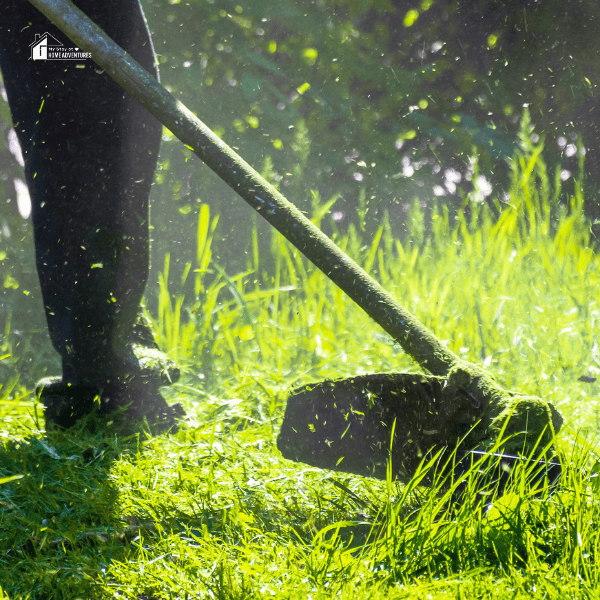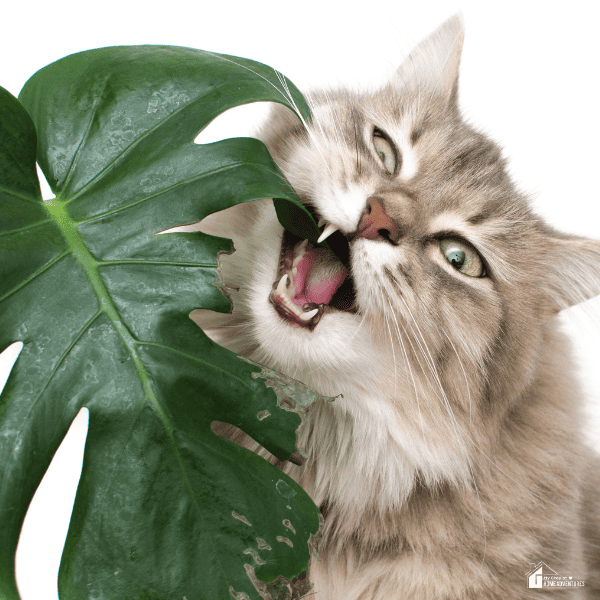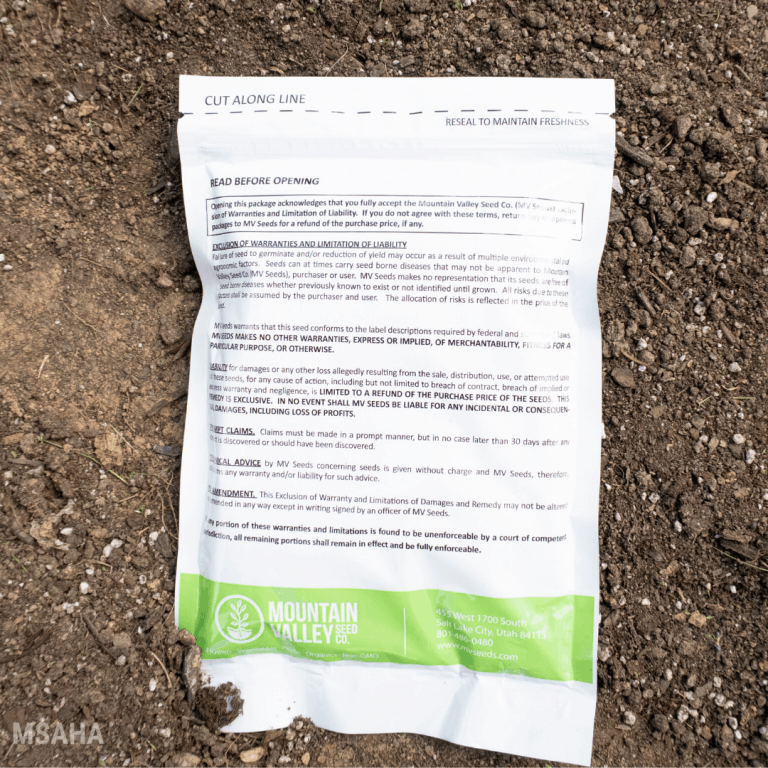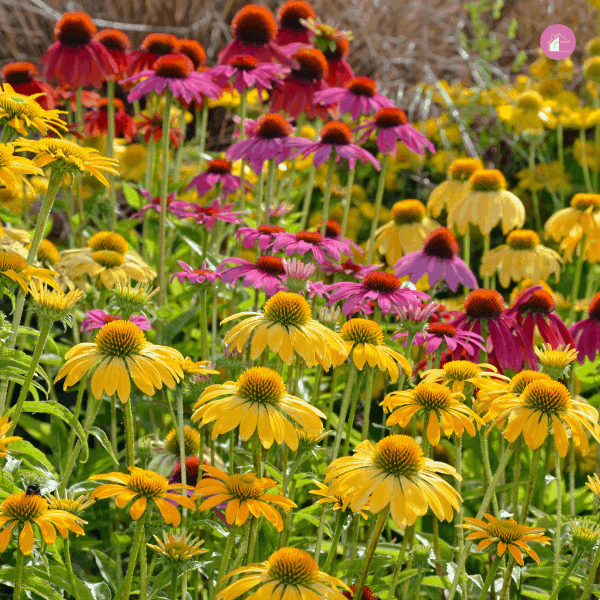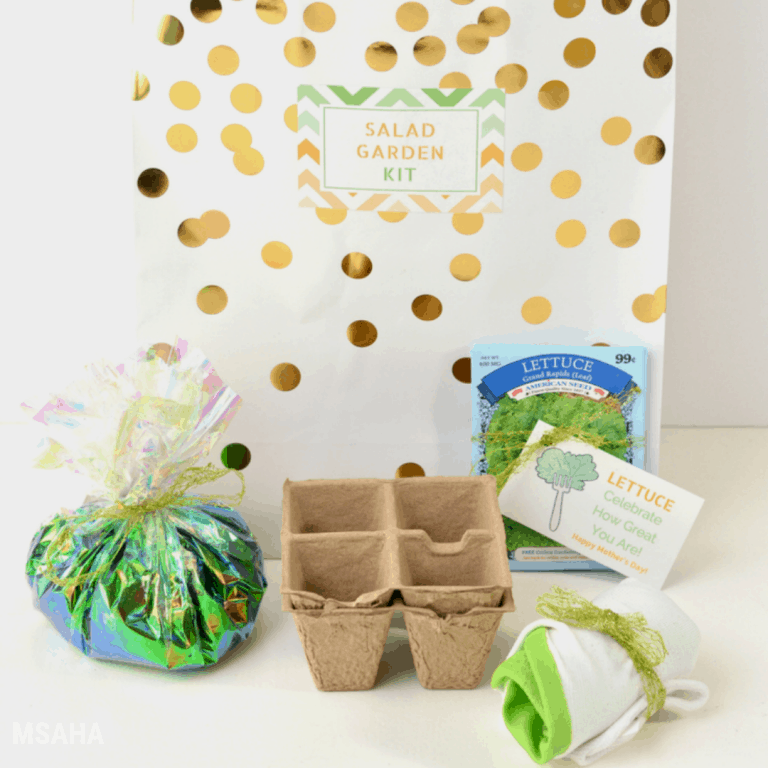How to Grow Calathea
This post may contain affiliate links which might earn us money. Please read my Disclosure and Privacy policies hereCalathea plants are a member of the Marantaceae plant family. It is a common plant that is used to decorate offices indoors. Both homes and businesses frequently use it. It is a particular plant that does best in indirect light, making it ideal for use inside and in commercial buildings. Because they are typically simple to maintain and look wonderful, Calathea plants are popular for indoor usage because they provide vibrant green plants to spruce up indoor environments.
So if you're looking to add a little life to your home, why not try growing Calathea? This tropical plant is native to South America and is known for its beautiful, brightly-colored leaves. Growing Calathea is relatively easy and only requires a few simple steps. With a little care and attention, you can have a healthy Calathea plant that will brighten up any room.
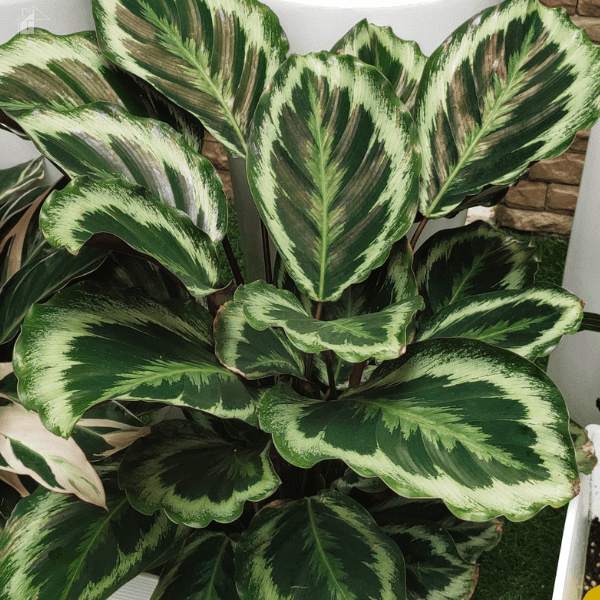
How do I get my Calathea to grow?
Calathea is a beautiful plant that is perfect for adding a touch of greenery to any home. While Calathea plants are generally easy to care for, getting them to grow can be challenging. With the right care, however, you can have a healthy and thriving Calathea plant. Here are some tips on how to get your Calathea to grow:
Keep the soil from drying out.
Owners of Calatheas undoubtedly encounter this issue the most frequently when it comes to watering. The soil around the roots of these plants must not only be moist but also not fully dry for them to avoid starting to suffocate.
Underwatering frequently results in poor growth in Calatheas. There may also be browning and yellowing at the ends and corners of the foliage and dried-up, shriveled leaves. Additionally, excessive watering stunts the plant's ability to grow and, over time, may result in root rot, a possibly deadly condition.
When your Calathea does require water, give it just enough so that water can be seen trickling out of the container's drainage holes. Being thorough is crucial!
You might enjoy these house plants posts:
- 20 Best Low Light Houseplants
- 10 Rare Houseplants You Didn’t Know You Wanted!
- 5 of the Best Houseplants for Beginners
Increase the humidity level
Calatheas prefer humid air and are indigenous to the humid jungles of the tropics. Increase your plant's humidity if it is hesitant to grow.
Putting it in a group with other Calatheas is one easy and successful strategy. Due to the continual release of water vapor from nearby plants' leaves, a humid microclimate is created. Houseplants with similar moisture requirements should be grouped together.
Give the proper potting mixture
The ideal soil has efficient drainage to prevent waterlogging of the roots while still containing absorbent components that can tolerate prolonged dampness.
A porous volcanic glass called perlite will aid in bettering the drainage. Although they retain enough moisture to prevent the mixture from drying out completely, loose, spongy components like peat moss or coconut coir nevertheless drain more effectively than ordinary soil.
Transplant the plant into a larger pot
Calatheas don't do well in cramped areas because they outgrow their pots and become root-bound, which causes them to stop producing new foliage. Repotting them into bigger containers once or twice every two years is ideal. Early spring is the greatest time of year when your plant is preparing to sprout new growth.
Don't use tap water
Watering your Calathea improperly can impede its growth, as can watering it too much or too little. Because these plants are so particular about the minerals in their soil, tap water in many places has high levels of calcium and magnesium. These high-maintenance beauties could even become distressed by the fluoride or chlorine in municipal water.
When hydrating your Calathea, switch to distilled or bottled water and observe any changes in the plant's growth and health. An even better choice would be to gather enough rainfall to thoroughly water the plant.
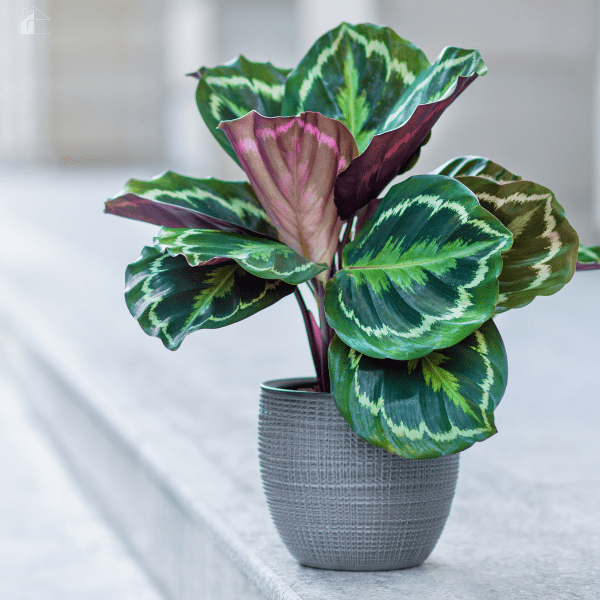
Where should I place my Calathea?
When it comes to deciding where to place your Calathea, there are a few things you need to take into account. First, Calathea plants prefer indirect sunlight and high humidity. This means that placing your Calathea near a window is ideal, as long as the sun doesn’t directly shine on the plant.
Secondly, Calatheas need well-draining soil. This means that you should avoid placing your Calathea in an area where water can pool around the roots of the plant. Finally, Calathea plants do best in temperatures between 65 and 75 degrees Fahrenheit.
How do I keep Calathea happy?
Calatheas thrive in humid environments with indirect sunlight and plenty of moisture. You’ll be rewarded with a healthy, vibrant plant if you can provide these basic needs. Here are a few tips for keeping your Calathea happy:
- Water regularly: Calatheas like to be kept moist but not soggy. Water your plant when the top inch of soil is dry to the touch.
- Provide humidity: These plants love humid conditions. If your home is on the dry side, try setting your Calathea on a pebble tray or misting it regularly.
Does Calathea need sunlight?
Calathea is a tropical plant that does best in indirect sunlight. If you live in an area with bright sun, it's best to filter the light with a sheer curtain or place your Calathea in an east-facing window.
Calathea will also do well under fluorescent light, making it a good choice for an office setting. Be sure to position your plant close to the light source and rotate the pot periodically so that all sides of the plant receive equal light exposure.

